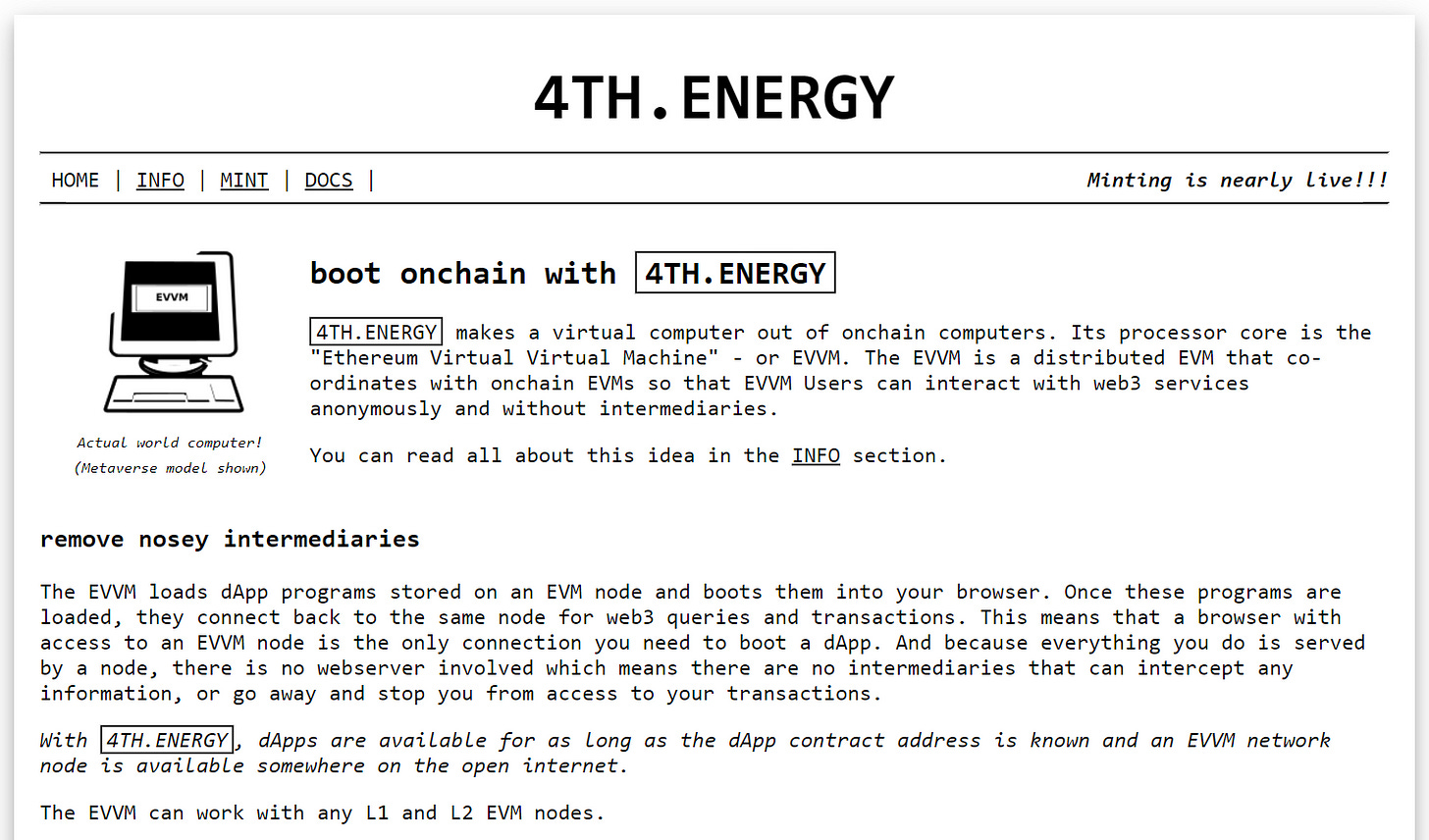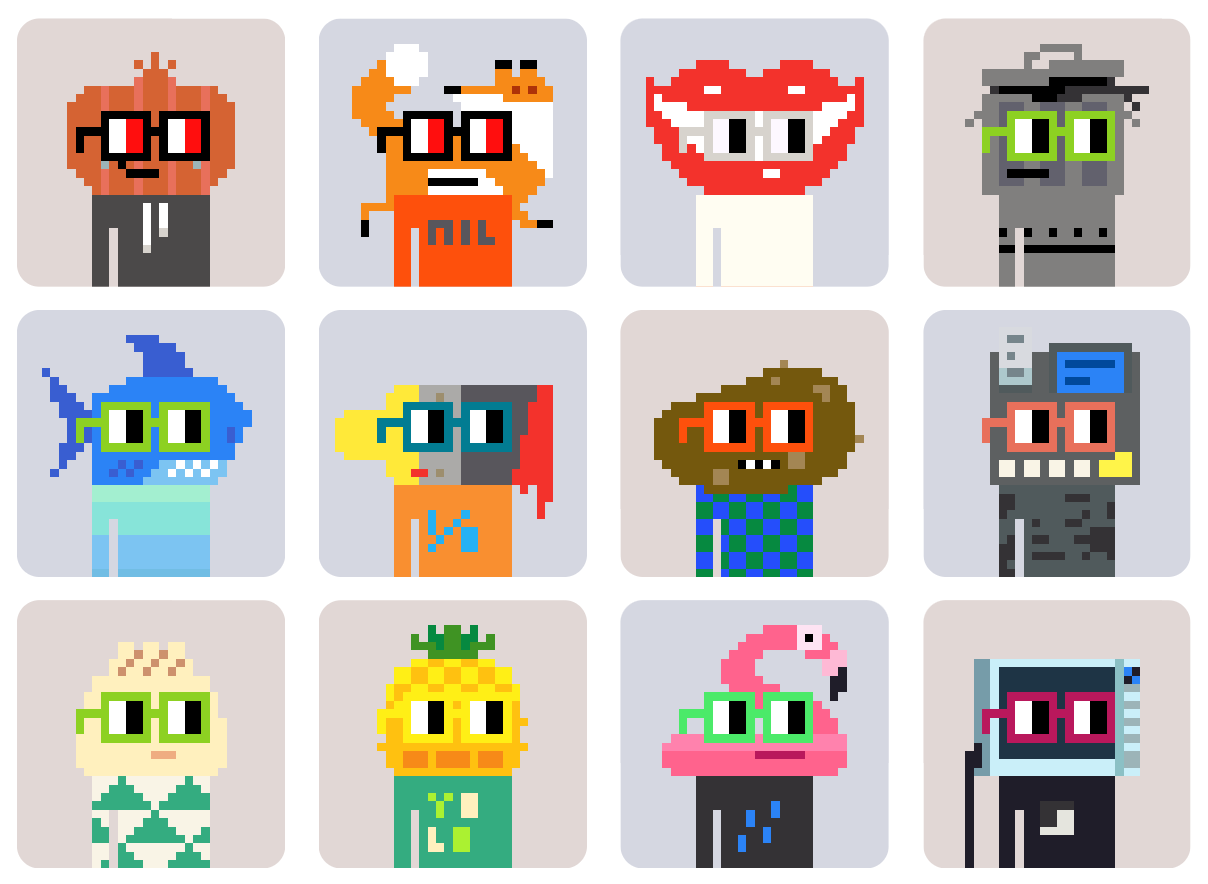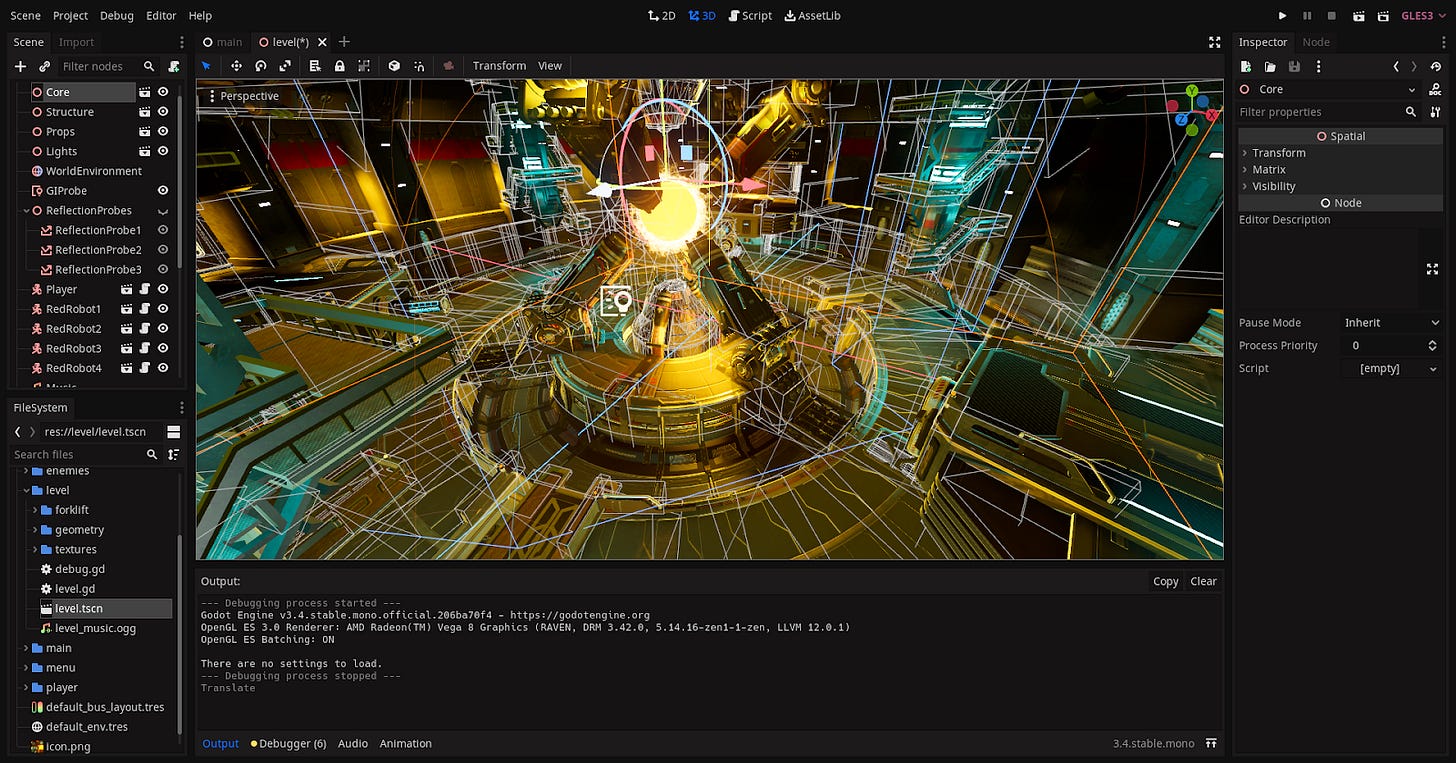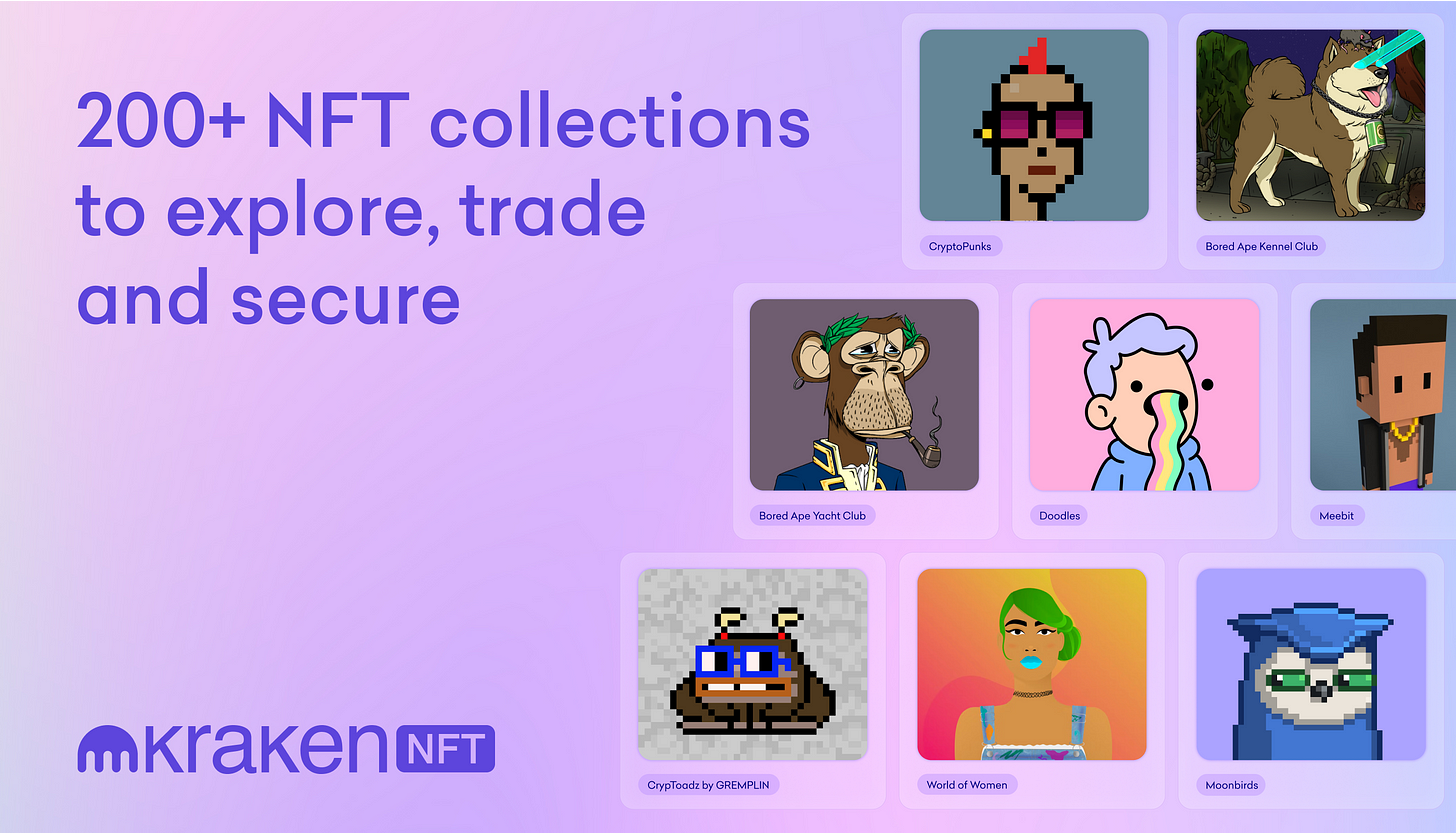Metaversal is a Bankless newsletter for weekly level-ups on NFTs, virtual worlds, & more!
Dear Bankless Nation,
According to Rolling Stone and others, NFTs are worthless and dead.
It’s a bear market, sure, but that talk’s hyperbolic.
Not only are NFTs here to stay, new advances also have this ecosystem’s future more brimming with possibility than ever before.
For example, earlier this week I wrote about how EIP-4844 and blobspace will be game changers for NFTs.
Yet there’s more where that came from. For today’s post, let’s go over a handful of additional innovations from the NFT frontier that should have us believers very excited for what’s to come!
-WMP
🙏 Sponsor: Kraken — Kraken NFT is built for secure NFT trading ✨
The NFT Frontier: What’s Coming Next? 🤯
1) L3s and Non-EVM Rollups: Customize, Customize, Customize
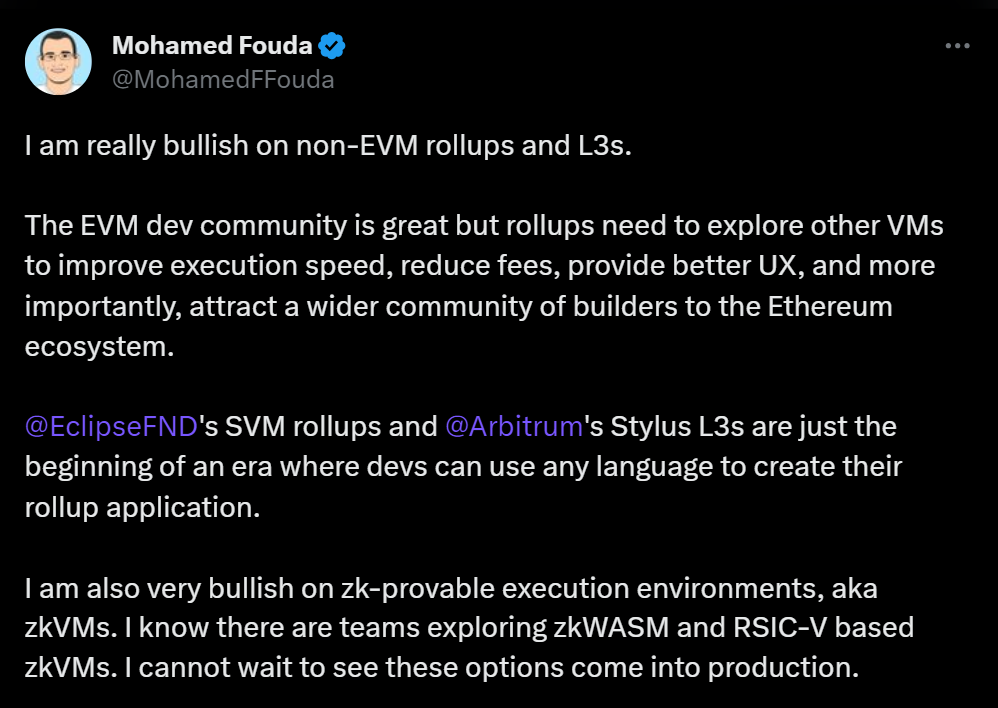
A layer-two (L2) scaling solution executes transactions outside of Ethereum but settles to Ethereum by posting transaction data there.
Similarly, a layer-three (L3) scaling solution has its own execution environment but settles its transactions to an L2 rather than to Ethereum.
Why do this? As Vitalik Buterin has previously pointed out on his blog, L3s are especially customizable and ideal for app-specific uses rather than general-purpose needs. For example, the Xai L3 is being developed specifically to cater to the gaming sector.
Of course, customization and flexibility is important because it gives NFT builders more capabilities, more options, more ways to create interesting things.
Another related thread here are L2s and L3s that don’t rely on the Ethereum Virtual Machine (EVM), i.e. non-EVM rollups.
To be sure, writing code in the Solidity or Vyper languages for the EVM comes with various quirks and inflexibilities. In supporting languages beyond these, Non-EVM rollups can open things up considerably for builders.
For instance, consider Arbitrum Stylus, which supports mainstream languages like Rust, C, and C++, thus opening up the Arbitrum ecosystem to millions of developers who are already proficient in these languages and can now tap into their efficiencies and many libraries for L2 or L3 environments. Keep your eyes peeled here going forward accordingly.
We’re shipping another tool for your crypto tool belt 🎁
Claimables just launched on Bankless. What are Claimables? How much will you claim?
2) 4th.Energy: Booting Apps from NFTs
The EVM is already a world computer of sorts. But what about another computer that lives inside that computer?
That’s what 4th.Energy by Pete aims to create with its Ethereum Virtual Virtual Machine (EVVM), a decentralized computing environment that boots directly from the blockchain.
This is a big deal. For starters, it can eliminate the need for web2 domain names and intermediaries in crypto. Users can rely on this system to run and anonymously access apps like Uniswap directly onchain, which in turn offers more resilience and security to web3 apps. These apps will be booted from NFTs, as the creator has explained:
“As the User interface for web3 apps is always a browser, and given the emerging standards to put HTML and javascript onchain accessible as browser loadable NFTs through Web3 mechanisms, [this] is a way to have NFTs loaded from the Ethereum blockchain that can be used as the web3 clients that can access an EVVM with an address space which can also talk to the Ethereum blockchain and other EVM compatible blockchains.”
The project’s still in progress, so there’s nothing actionable here just yet. But I think 4th.Energy is pushing the boundaries of what NFTs and decentralized computing can look like, so don’t sleep on this effort.
3) EIP-7212: The Future of NFT Transactions?
Imagine a world where you don’t need a specialized crypto wallet to interact with NFTs. That’s the promise of EIP-7212, which aims to integrate a new authentication standard called “passkeys” directly into the EVM.
Why does this matter? Well, passkeys are designed to replace traditional passwords, as they offer a more secure way to sign into apps or websites.
Major tech players like Apple and Google are already on board with this new standard, and EIP-7212 proposes to make these passkeys compatible with the EVM so that anyone can sign transactions natively on their mobile devices, no additional software needed.
As such, EIP-7212 could metaphorically turn every smartphone into a universal key for the NFT universe. This sort of UX abstraction can help pave the way to mainstream web3 games, so this proposal’s one to watch.
4) EIP-1153: For Cheap Onchain NFTs
Onchain NFTs offer a level of permanence and security that “offchain” NFT storage solutions, e.g. IPFS, can’t match.
However, the high gas costs associated with storing metadata onchain via Ethereum’s traditional SSTORE and SLOAD opcodes have been a significant barrier to creatives here.
Toward this end, EIP-1153 proposes to introduce new EVM opcodes, TSTORE and TLOAD, that are designed to make onchain storage significantly more cost-effective.
If implemented, these op codes would make it more feasible to create dynamic, interactive, and—most importantly—permanent NFTs entirely onchain, opening the doors for more artists and creators to experiment here.
Some of my favorite NFT projects, like Blitmaps, Nouns, and Terraforms, are entirely onchain, and EIP-1153 points the way toward many more blooming here.
5) Godot + web3: Toward Open, Indie Gaming
Unity is one of the most popular game engines in the world.
Yet the company behind the operation recently faced major backlash upon announcing its new monetization plans, which would charge game developers 20 cents per game installation after hitting 200k game downloads and +$200k in revenues.
As things stand, this would be a devastating blow to Unity’s indie devs, who are the engine’s main users. This centralization drama has caused a huge gust of attention to turn to free alternative open-source engines like Godot.
That said, crypto and NFTs are powerful avenues for open-source tech, and they help level the playing field by empowering indie users. Going forward I think we’ll see more integrations and interoperability work that can make Godot a premier web3 game engine because of the shared visions and synergies here.
Don’t get me wrong, I find totally onchain game engines completely fascinating and a ripe area for experimentation. But it wouldn’t hurt to also have a mainstream game engine that was NFT-friendly, and since Godot is open-source, there’s a lot of potential that can be readily unlocked by building around it and on top of it. This will be a big thread to watch in the years ahead in my opinion.
Action steps:
-
🧠 Learn more about EIP-7212: Listen to the EIP-7212 Episode on Web3 Galaxy Brain
-
💧 Catch up on my previous write-up: Blobspace and NFTs
A Bankless Citizen ⚑ turned $264 into $6,077 last year. A 22x ROI 🚀 in a bear market!
🙏Thanks to our sponsor
KRAKEN NFT
Kraken NFT is one of the most secure, easy-to-use and dynamic marketplaces available. Active and new collectors alike benefit from zero gas fees, multi-chain access, payment flexibility with fiat or 200+ cryptocurrencies, and built-in rarity rankings. Learn more at Kraken.com/nft
👉 Visit Kraken.com to learn more and open an account today.
Not financial or tax advice. This newsletter is strictly educational and is not investment advice or a solicitation to buy or sell any assets or to make any financial decisions. This newsletter is not tax advice. Talk to your accountant. Do your own research.
Disclosure. From time-to-time I may add links in this newsletter to products I use. I may receive commission if you make a purchase through one of these links. Additionally, the Bankless writers hold crypto assets. See our investment disclosures here.


